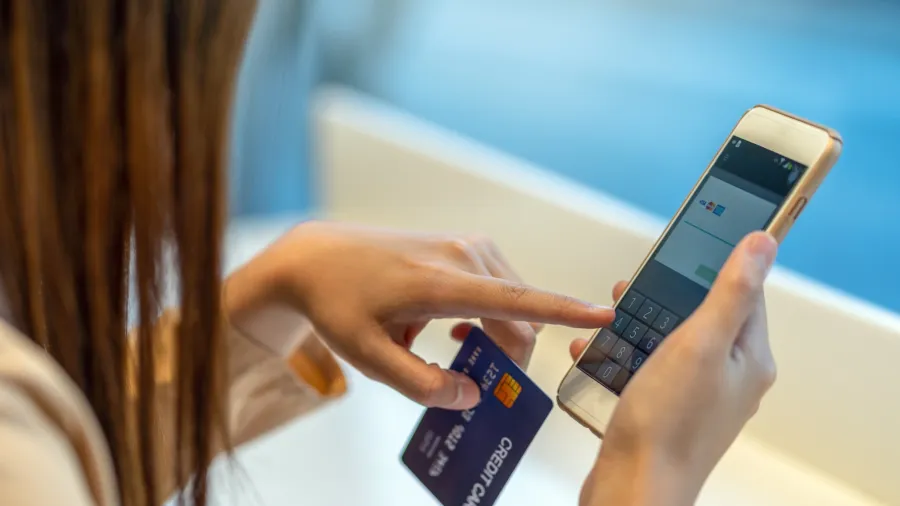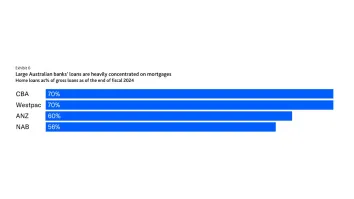
Banks may be ill-equipped for demands of real-time payments
Stronger fraud prevention and anti-money laundering measures are needed.
Real-time payment adoption amongst banks in the Asia-Pacific (APAC) region could slow amidst consumer and regulatory demand for more secure systems due to rising financial crimes, analysts said.
Even among super apps — platforms that combine multiple services including instant payments into a single app — fraud remains a sticky issue that could dampen customer sentiment, Ed Metzger, vice president of Payments Efficiency at LexisNexis Risk Solutions Group, told Asian Banking and Finance at Sibos 2024 in Beijing.
“People expect payments to become cheaper over time, which increases the cost burden, especially when the industry is facing other pressures like compliance with financial crime regulations,” he added.
Violet Chung, a senior partner at McKinsey & Company, Inc., said regulators all over the world are placing greater emphasis on data security and consumer protection. “As a result, we’re likely to see more use cases where companies enhance their KYC (know your customer) processes and ensure consumer information is shared only with clear consent.”
Craig Ramsey, head of Real-Time Payments at ACI Worldwide, Inc., said the industry should decide what it needs from cross-border instant payments.
“Is it necessary to complete a transaction in a few nanoseconds, or is less than 30 seconds, or even 30 minutes, enough?” he told Asian Banking and Finance at the Beijing event. “Not every cross-border transaction needs to be instant.”
Banking systems, built for batch processing and limited operating hours, are often ill-equipped for the demands of real-time payments, according to Capgemini Research Institute’s World Payments Report 2025 released in September.
“The shift to continuous 24/7 and 365 days processing will require significant operational changes. Concurrently, banks must strengthen fraud prevention and anti-money laundering measures to mitigate new risks,” it added.
Only three of seven banks in the APAC region have a strong technology foundation for instant payments, according to the report. In the Americas, it’s 26% and in Europe, it’s 13%. Still, Capgemini expects the number of cashless transactions to grow 16.9% this year to a record 1.7 trillion from a year earlier.
“With today’s customers preferring to embrace a frictionless payment experience, this trend is expected to continue as noncash transactions are forecast to reach 2.8 trillion by 2028,” it added.
“There’s huge growth potential there, but also a lot to learn,” Ramsey said. “That’s the key difference globally — in Asia, the ‘new normal’ of real-time payments is already a reality, whereas in many other regions, it’s still yet to come.”
The challenge for real-time payments is not technical but political, he added.
“You need political corridors in place, and they need to be aligned,” he said. “Then you need to decide how to manage the risks for those transactions. A cross-border consumer payment of a few dollars doesn’t carry the same risks as a $10m business-to-business payment.”
Ability to ‘delight’
Meanwhile, e-wallets and banking apps are rapidly evolving into super apps by assembling many third-party services through mini apps on their integrated platforms and building an all-in-one commerce solution, Deloitte said in a July 2024 report.
The APAC region accounted for nearly two-thirds of the global digital wallet spending at $9.8t, while boasting the highest digital wallet penetration rates among all regions, it said.
The most successful super apps focus on ride-sharing, food and grocery delivery, and other financial services, particularly peer-to-peer payments, and issuing cards against balances, Nabil Manji, head of Fintech Growth at Worldpay, told Asian Banking and Finance.
“There are a couple of things that are what I’d call table stakes,” he said. “If your app or digital wallet in Southeast Asia doesn’t offer these services today, you risk falling behind.”
Nigel Fox, managing director of Banking and Payment Solutions for the APAC, Middle East, and Africa at Fidelity Information Services Global, said nearly a third of the region uses virtual banking services, and this is expected to grow to 54% in Hong Kong and mid-40% in Singapore.
The growth is fueled by consumer demand for convenience, better rates, and streamlined user experience. “Consumers want a simplified way to access information and transact,” he said.
Arun Kini, managing director of Payments for APAC at London-based financial software company Finastra, said banks should support more apps for payments.
“At the end of the day, even if it's Grab, which now has its own banking entity, other players will still rely on banks for money movement,” he pointed out.
Metzger said the consolidation of these super-apps is inevitable and hinges on customer experience and economic scalability.
“In markets like China, the dominance of a few players is due to the network effect,” he said, referring to an economic phenomenon where the value of a product or service increases as more people use it. The ability of these platforms to “delight” people and businesses determines their competitive edge, he added.



















 Advertise
Advertise










